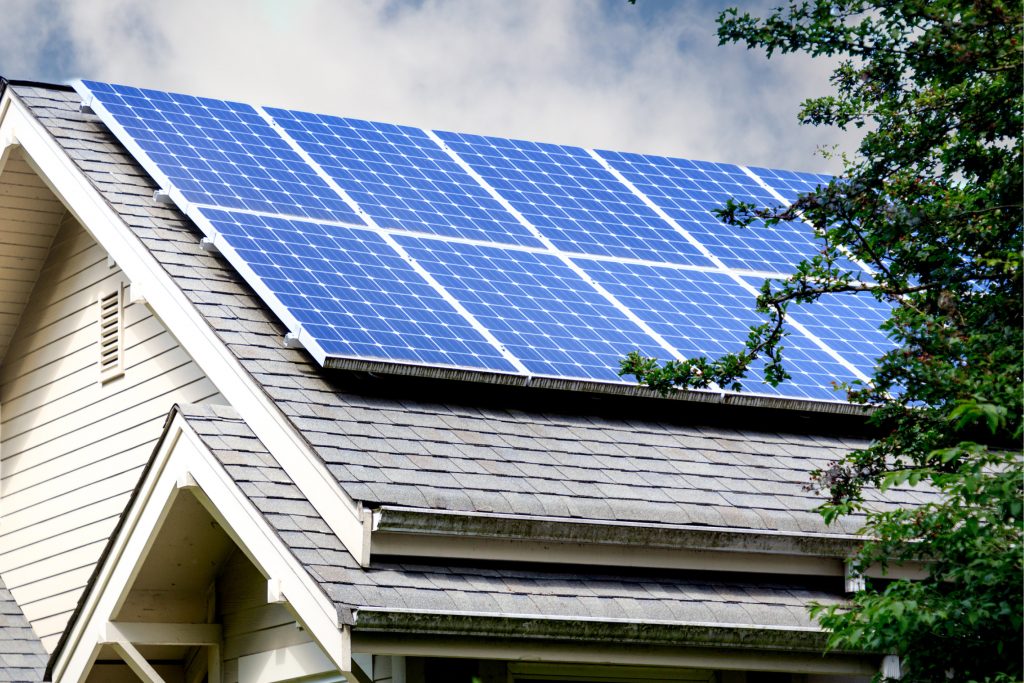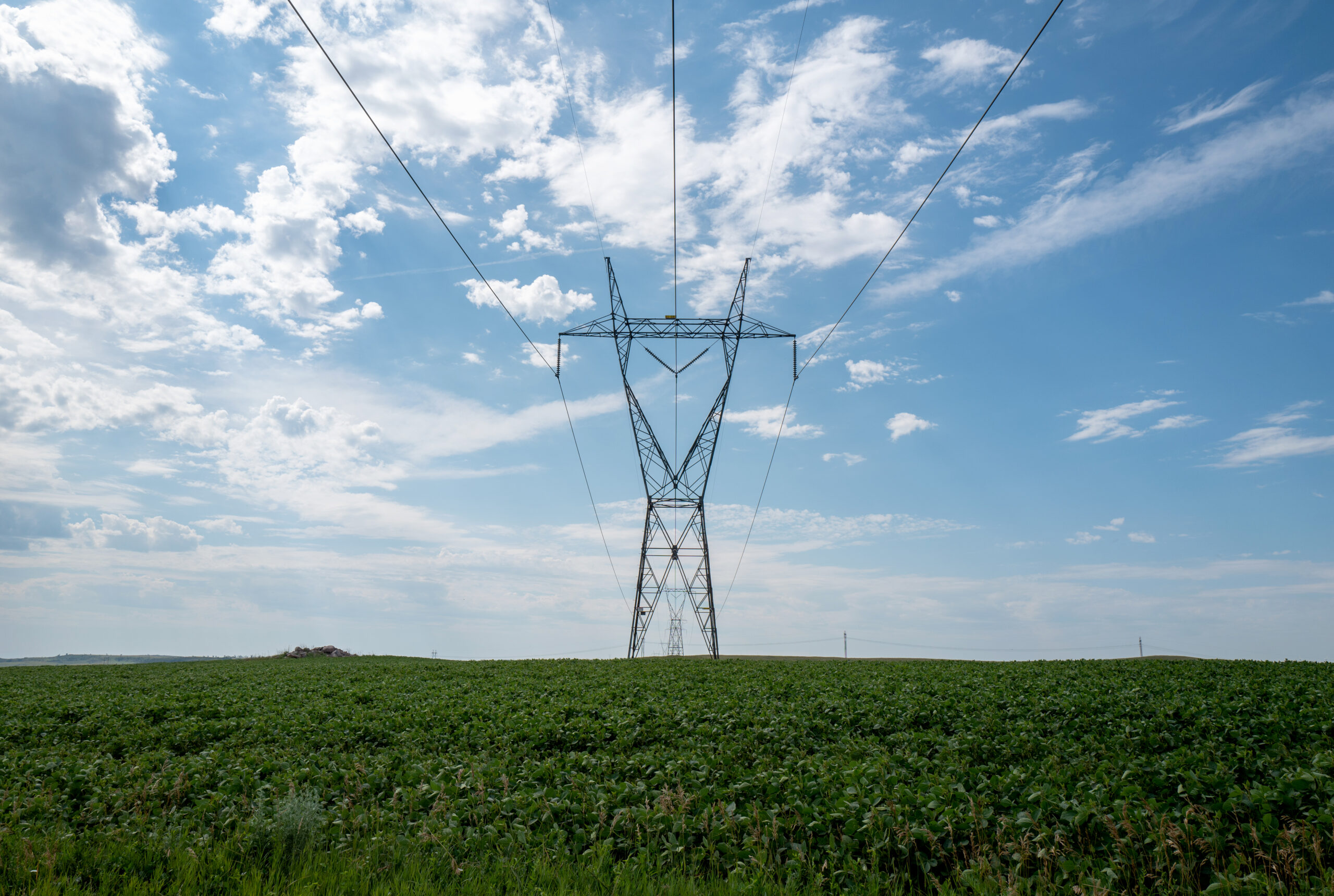- Community-initiated wind project scheduled to start construction by 2027
- Project expected to inject $100 million into local economy
GRAND FORKS, N.D. (January 15, 2025) – Minnkota Power Cooperative and PRC Wind today announced plans for the development of Flickertail Wind Farm near New Rockford, North Dakota. The new 370-megawatt (MW) wind project will be owned and operated by PRC Wind, while Minnkota will purchase all energy produced under a long-term agreement.
With construction scheduled to start by 2027, the project is a cornerstone of Minnkota’s long-term strategy to diversify its energy portfolio while ensuring the continued delivery of cost-effective and sustainable electricity to its member cooperatives.
“Flickertail Wind Farm represents a tremendous opportunity to enhance our energy portfolio with a carbon-free resource, fulfill the vision of local landowners and harness North Dakota’s abundant energy potential,” said Mac McLennan, Minnkota President and CEO. “As the demand for electricity continues to grow in our region and across the nation, it’s critical for us to develop new energy resources and continue to diversify our power supply strategy.”
Flickertail Wind Farm originated as a collaborative effort between local community members and the New Rockford economic development board. To turn their vision into reality, they engaged with PRC Wind as a strategic partner to drive development, secure commercial agreements and bring the project to fruition.
“Flickertail Wind Farm exemplifies the power of collaboration, combining community-driven vision with strong utility partnership to meet the growing demand for electric power,” said Paul White, PRC Wind CEO. “We’re proud to work alongside Minnkota and its member cooperatives to bring this community-initiated project to life, delivering a cost-effective and homegrown energy source for the long term.”
Flickertail Wind Farm is being developed in Wells and Eddy counties on nearly 43,000 acres. The project is expected to inject approximately $100 million directly into the local community and create 300 jobs during construction.
“As a lifelong resident and landowner in our rural North Dakota community, I’ve often wondered how we could secure a steady source of revenue to sustain our way of life,” said Eric Myhre, a local landowner. “Through our partnership with the dedicated team at PRC Wind, I am confident the Flickertail Wind project will bring lasting renewable energy opportunities to our local economy. This project not only provides a stable revenue stream but also opens the door to new possibilities for growth, ensuring a bright future for our community.”
The project will feature up to 112 wind turbines, along with a dedicated substation, 15 miles of transmission line, access roads, and an operations and maintenance facility. It has been carefully planned to support local agricultural activities and protect the surrounding natural environment.
Energy produced will be integrated onto the electric grid on Minnkota’s existing 345,000-volt transmission line, which delivers energy to a substation in Grand Forks. From there, the energy will be sent to communities throughout eastern North Dakota and northwestern Minnesota.
The project is scheduled to initiate the permitting process at the state and local levels in 2025. Upon securing the necessary approvals, detailed engineering, procurement and construction activities are planned to begin by 2027.
About Minnkota Power Cooperative
Website: Minnkota.com
Minnkota Power Cooperative is a not-for-profit electric generation and transmission cooperative headquartered in Grand Forks, N.D. Formed in 1940, Minnkota provides wholesale electric energy to 11 member-owner distribution cooperatives located in eastern North Dakota and northwestern Minnesota. These members serve more than 151,000 consumer accounts in a 34,500 square-mile area, including many of the region’s homes, farms, schools and businesses. Minnkota is committed to delivering safe, reliable, cost-effective and sustainable electricity to its membership.
About PRC Wind
Website: PRCWind.com
PRC Wind (PRC stands for “Project Resources Company”) is a locally-owned Midwest energy development company with over 27 years of experience successfully delivering cost-effective, community-based and ag-friendly projects designed to meet the energy needs of electrical utilities. PRC Wind specializes in providing development solutions for greenfield and repower energy projects and currently is working on energy projects with five North Dakota communities.











